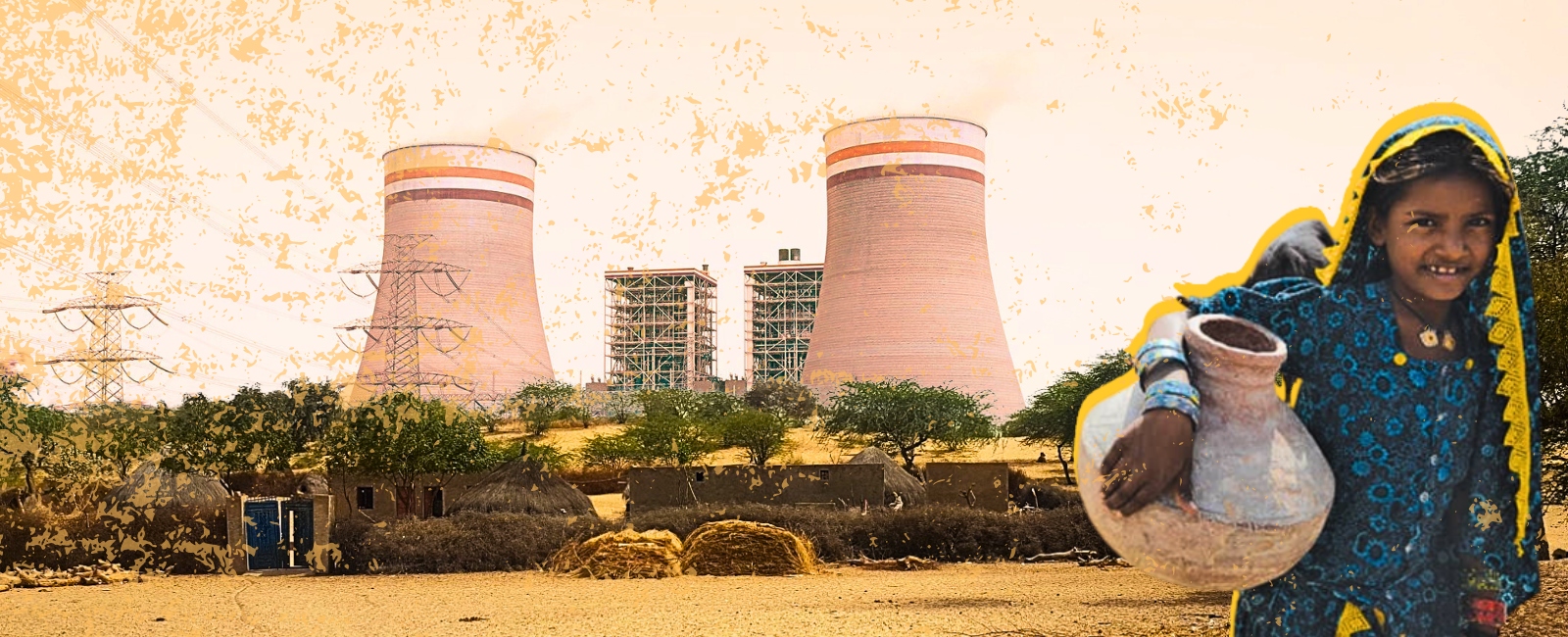How power sector gets away with displacing dwellers in the name of development
Advancement that disrupts lives and livelihoods is neither sustainable nor acceptable in the long term

Have you ever thought of being dislodged from your native land, dispossessed of one's livelihood, and left totally disrupted in the name of 'developmental projects'? Would that be justifiable? If not, then you would be dismayed to know that this is the stark and sad reality for many of the inhabitants of Sindh, particularly for those living in the vicinity of the giant power plants that supply electricity to the whole nation.
I still remember how one of my poignant interactions during one of my 2021 visits to Thar for a research study involved a local landlord, or wadera as they are called in Sindhi, at Thario Halepoto, not far from one of the largest coal-based energy production sites in Sindh.
The introduction followed this: "I am a local landlord here and have been cursed by my community." Story goes that he had undertaken a contract of Rs20 million to construct part of a residential complex in Block I, adjacent to the coal mining site, from where he would facilitate his community's migration into the newly constructed space. This was part of a deal to sell their land for coal mining and power generation in exchange for payment and relocation to a model village called Block I.
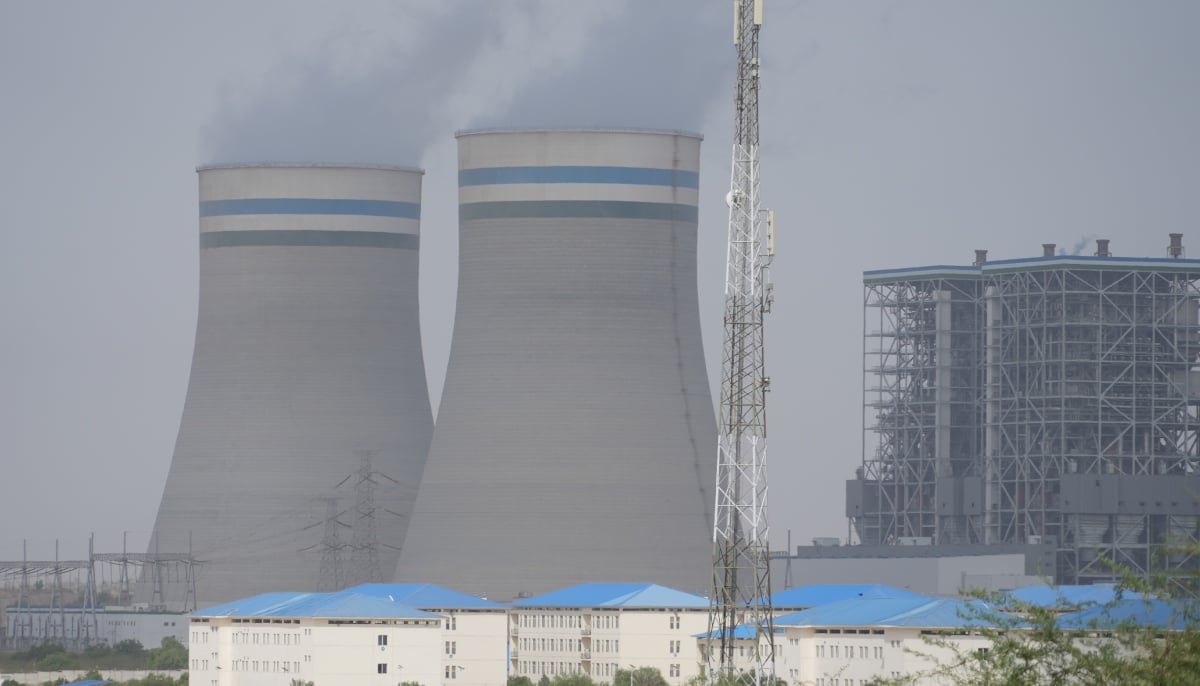
The wadera kept his promise to the company, even pouring in some of his own funds when there were delays in the payment from the power company. Unfortunately, he never got the pending dues. The community members, who relocated to Block I, live without the employment promised by the company. Having lost almost all their livestock due to limited access, they are neck-deep in poverty now.
Traditionally, the local population cultivated crops such as pearl millet and wheat and grew vegetables like cluster beans. They are now forced to buy their grains and vegetables from elsewhere, for which money is hard to come by because of not receiving the entire payment for their lands so far.
The landlord would argue that the community was once self-sufficient with livestock and agriculture production but is left without any other alternative skill or work opportunity. Migration to other cities was hardly an option for most. They are now stuck in a miry pit of despair.
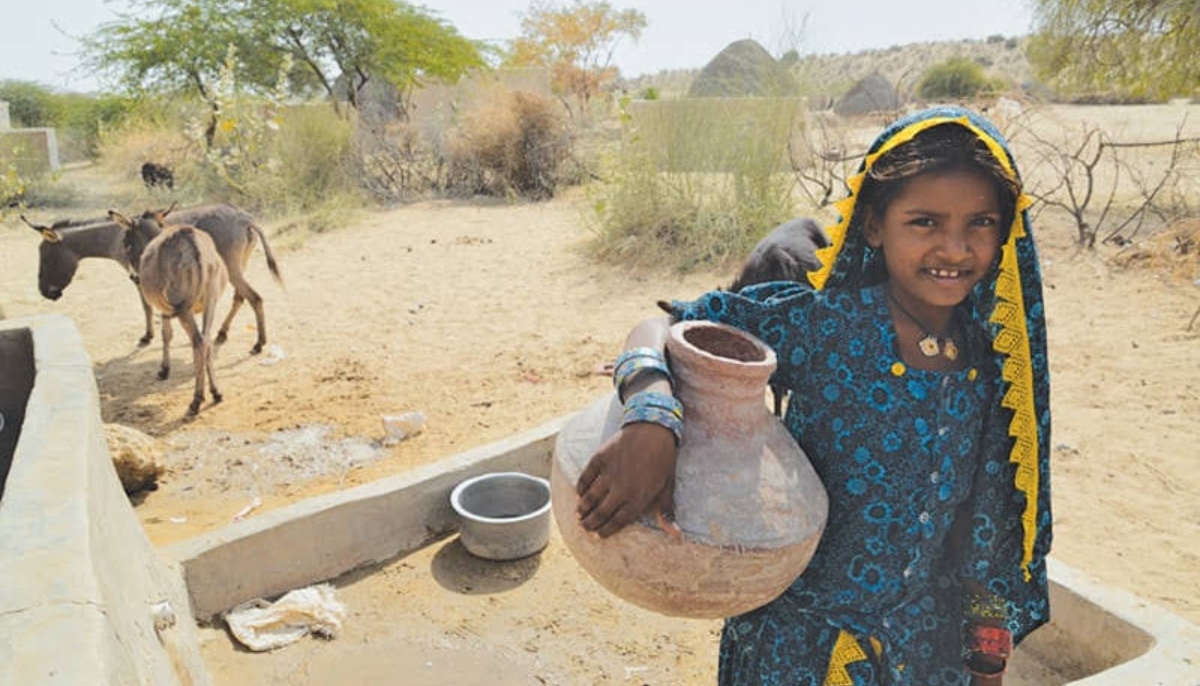
Full of determination to fight this injustice, the landlord conceded that age and failing health were pushing his grit to the limits, but such, nevertheless would not abort the resolve. With a heavy heart, he went on to state, “I feel the pain and anger of my community members, who were forced to sell their land, vacate their homes and move to make way for coal mining at Block I. I feel sorry for using my power as a community leader to influence them, blinded by the hopes for a better future for us all.”
"They are living a restricted life with no livelihood and increasing mental health issues. I feel the burden of their curse on my shoulders. I will fight for their rights and do my best to get justice," he continued speaking.
Impact of powerful power sector on denizens
In the last decade, Sindh has become home to a growing number of energy generation projects, using both renewable and non-renewable energy sources. These include government-backed and independent power plants (IPPs), spanning locations from Karachi’s outskirts — like Bin Qasim and Korangi — to sites like the Saleh Pat Solar Plant, Bhit Gas Field at Jhangara, Sanghar fields, Hala Gas Processing Plant, Jhimpir, Mirpur Sakro Wind Power Plant, and the Thar Coal Mining and Power Plant.
While the rapid development of Sindh’s power sector is encouraging, such projects must not come at the expense of local communities. The challenges faced by residents living near these power plants — including social, economic, and environmental impacts — cannot be ignored.
Global worst practices
Global best practices, local government regulations, and Environmental, Social, and Governance (ESG) frameworks stress that the rights of communities near project sites must be protected.
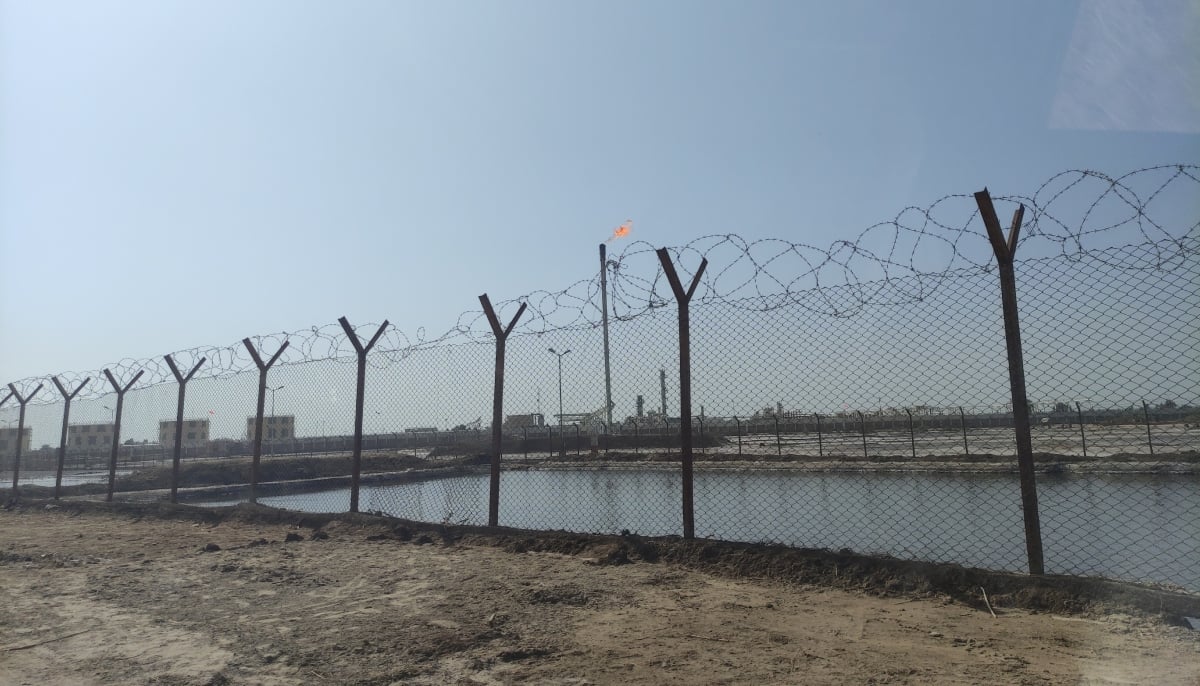
Corporate Social Responsibility (CSR) further emphasises the triple bottom line: people, planet, and profit. Yet, studies by organisations such as The Knowledge Forum (TKF), Visionary Forum, Pakistan Institute of Development Economics (PIDE), and the National Commission for Human Rights (NCHR) reveal that communities in Sindh have faced devastating consequences, including forced displacement, health crises, and environmental degradation.
From my field research, I observed a recurring strategy employed by energy generation companies: form alliances, offer rewards, and take over.
Lobbying with stakeholders
Company management often builds alliances with influential local figures such as politicians, landlords (waderas), and spiritual leaders (pirs). These relationships, often newly formed, ensure company interests are safeguarded. Unfortunately, these local leaders, who hold significant sway, often become complicit in the injustices inflicted upon their communities.
Initial engagements involve promises of rewards such as monthly payments, employment opportunities, and infrastructure development (schools, roads, and hospitals). However, these commitments are rarely fulfilled. Worse, they are often verbal, leaving no documented evidence to hold the companies accountable.
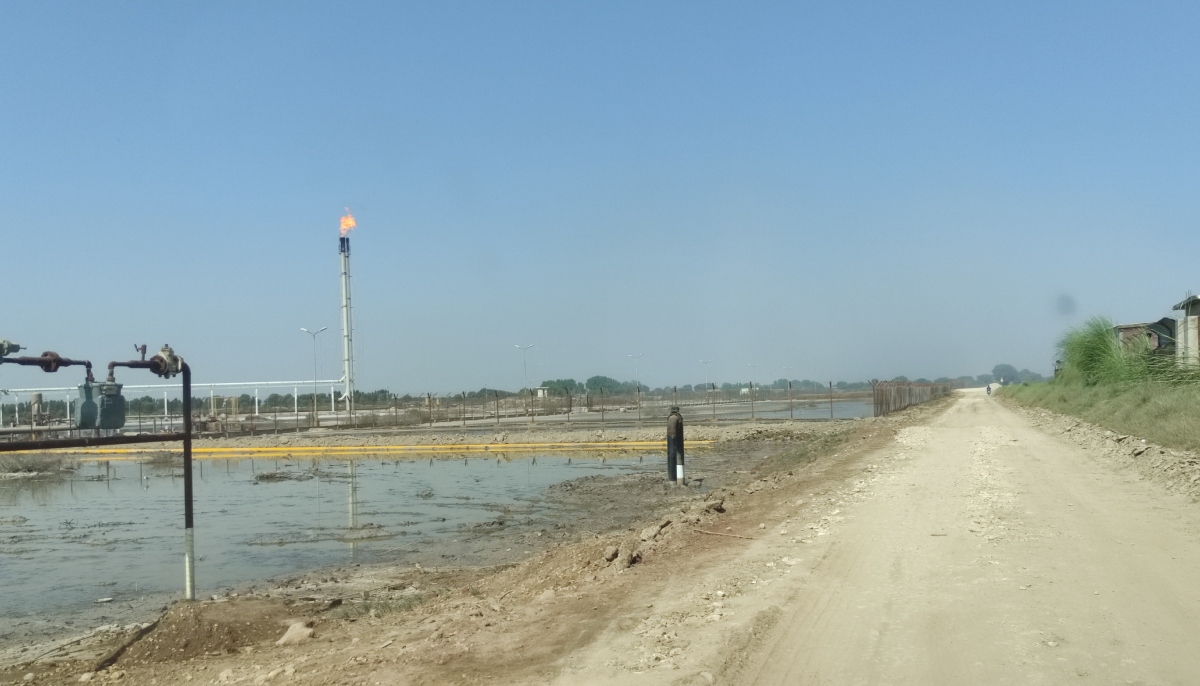
Numerous waderas I spoke to expressed regret, saying they were misled or even coerced into surrendering their land. One landlord in Hala shared, “We are seven brothers with over seven acres of land. The company lured us to sell the land with promises of fair compensation, jobs, and schools. Left with no other option, I fell for the trap. And those who refuse are threatened with dire consequences.”
Forced displacement and environmental impact
Forced displacement is a recurring tragedy. Families not only lose their land but are also cut off from their primary livelihood: farming and livestock. This migration often feels like a “departure from life” itself.
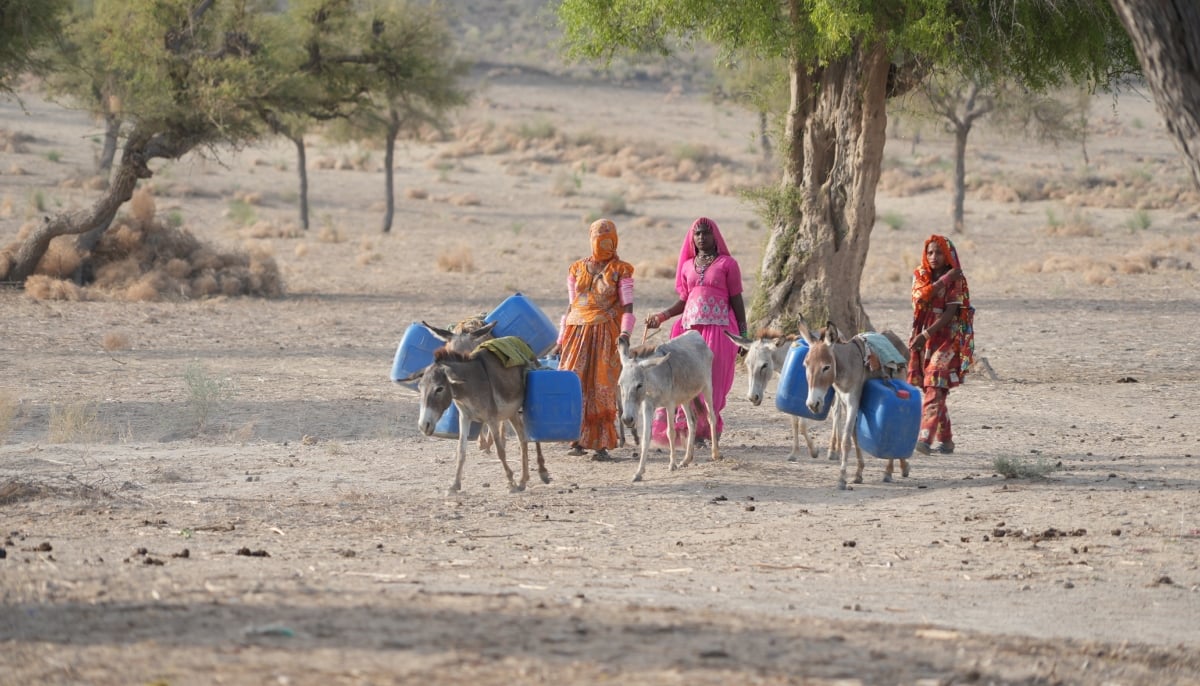
The environmental toll is also severe. A TKF study on Sanghar gas fields revealed how gas production activities disrupted habitats, degraded soil, and polluted air and water. Contaminated groundwater is now unfit for consumption, forcing locals to drink unsafe water, which has damaged crops, livestock, and human health. Tremors from deep drilling have even damaged houses.
A Pandora’s box full of miseries
The same story plays out at nearly every site. Residents lose their land, their livelihoods, and, ultimately, their health. Many are reduced to working as brick kiln labourers for meagre wages. Health crises are rampant, with maternal and infant mortality, anaemia, and gynaecological diseases common among women. Contaminated water has caused a rise in respiratory infections, Hepatitis C, and skin diseases. Public health facilities are either inaccessible or inadequate, often prescribing the same generic medication for all ailments.
“We are all anaemic. Our food and water are unsafe. Hospitals are far and costly,” shared one woman. Another resident from Hala Block Gas Field admitted, "When we resist, they subtly remind us how random accidents happen on highways. I think you understand what they mean."
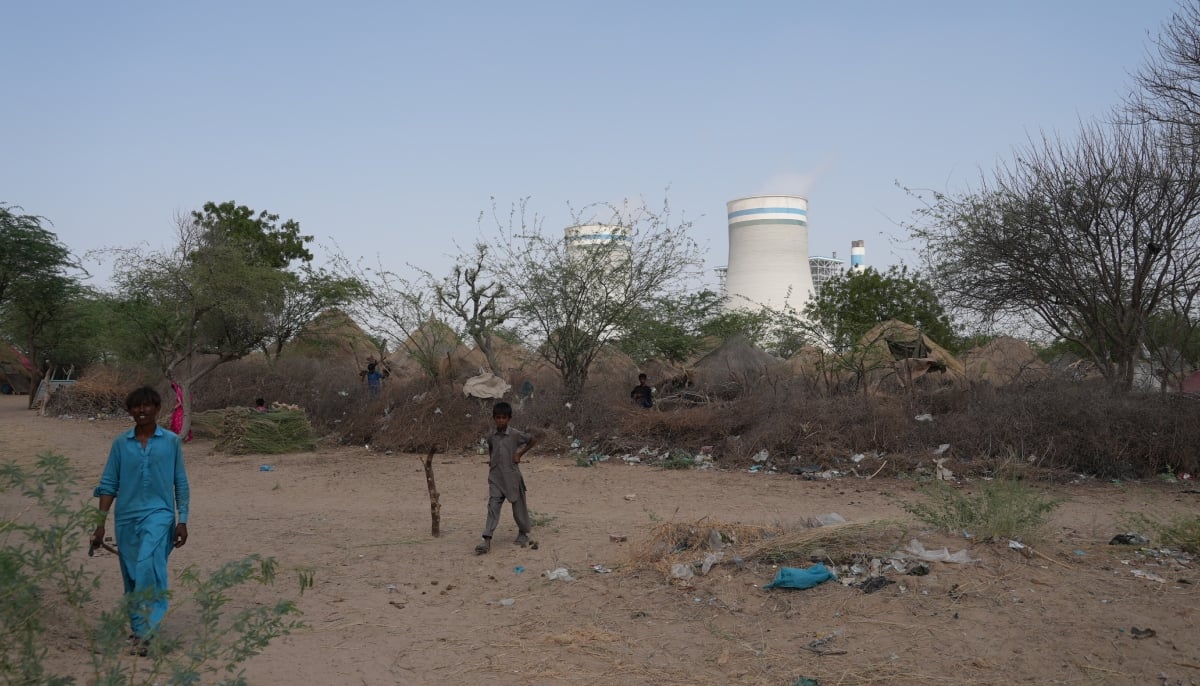
I could quote dozens of local residents from Sanghar, Hala Block, Thar coal blocks, Mirpur Sakro and Saleh Pat sharing the same stories with one common factor, fear, among the rightful shareholders. It runs far deeper than one can fathom. There’s nothing wrong with development, but it shouldn't come at the expense of communities who have the rightful claim to those lands, where they have lived for generations.
As the world marks the International Day of Clean Energy, observed annually on January 26, Pakistan faces daunting challenges in electricity production and supply. For communities living near power generation sites, these challenges are taking a turn for the worse. As a signatory to the Sustainable Development Goals (SDGs), the country has committed to ensuring access to affordable and clean energy for all by 2030, as outlined in SDG7. To honour this commitment, the nation must prioritise responsible and sustainable energy production and consumption. Development that disrupts lives and livelihoods is neither sustainable nor acceptable.
Aazia Rafiq is a development sector professional, trainer and teacher with expertise in sustainable development. She can be reached at [email protected]
Header and thumbnail illustration by Geo.tv



